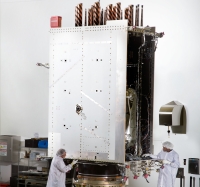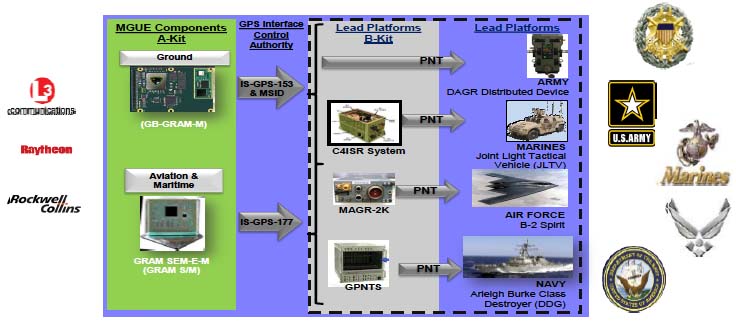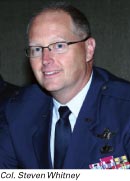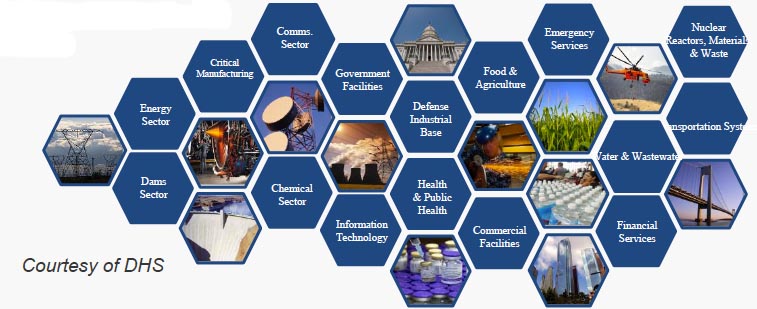NASCTN Report Details Feedback on More Ligado-Backed Tests of GPS Receivers

A newly posted report shows the comments federal researchers received from a dozen organizations and satellite navigation experts as they put together a plan for controversial tests of GPS receivers on behalf of would-be broadband firm Ligado.
By Dee Ann Divis












